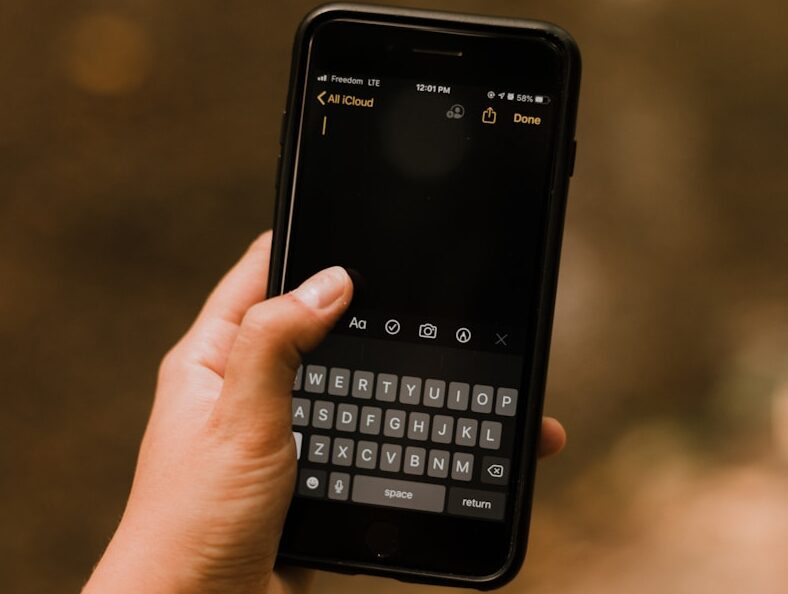
Misophonia International, alongside its sister site Sensory Diversity, has been a vocal advocate for making technology more accessible to individuals with sensory disorders. Through a petition aimed at encouraging major companies to adopt sensory-friendly changes, these advocacy platforms have pushed for real, impactful progress. Now, thanks to Apple’s responsiveness, that progress is taking shape.
Apple recently unveiled updates in its OS Sequoia and iOS 18, including a long-requested feature: the ability to disable the blinking cursor. For individuals with misophonia and other sensory processing disorders, this seemingly small change is monumental. The constant blinking of the cursor can be an overwhelming visual trigger for many, causing distress and discomfort. By giving users the option to turn off the blinking cursor, Apple has made a significant step toward inclusivity and sensitivity for the sensory diverse community.
This change reflects a broader recognition of the importance of accessibility for individuals with sensory disorders, who often struggle with overstimulation in digital environments. Whether it’s visual cues like the blinking cursor or auditory triggers, many standard tech features can inadvertently make daily tasks difficult for those with heightened sensory sensitivities.
However, this is just the beginning. Future possibilities hold even more promise. For example, the option to disable loading spinners — those animated icons that indicate buffering or processing — could be the next frontier in creating an entirely sensory-friendly experience. Loading spinners can be visually disruptive, especially for individuals with sensory disorders, and their removal could bring another layer of ease and comfort.
Apple’s willingness to listen and make meaningful changes is an inspiring step in the right direction. With advocacy from organizations like Misophonia International and Sensory Diversity, this move sets a precedent for other tech giants to follow. By continuing to prioritize the needs of individuals with sensory disorders, companies can ensure that technology is not just accessible, but truly inclusive.
This achievement is a leap forward for the sensory community, and it highlights the power of advocacy in driving change. As awareness grows, we can expect more companies to consider how their products impact people with sensory sensitivities — leading to a world where everyone can engage with technology comfortably and without distress.
If you are looking for misophonia coping skills, you can go here to see coaching (worldwide) and here to see therapy (Canada) options with Shaylynn Hayes-Raymond. Shaylynn also offers both live and on-demand webinars for misophonia.







